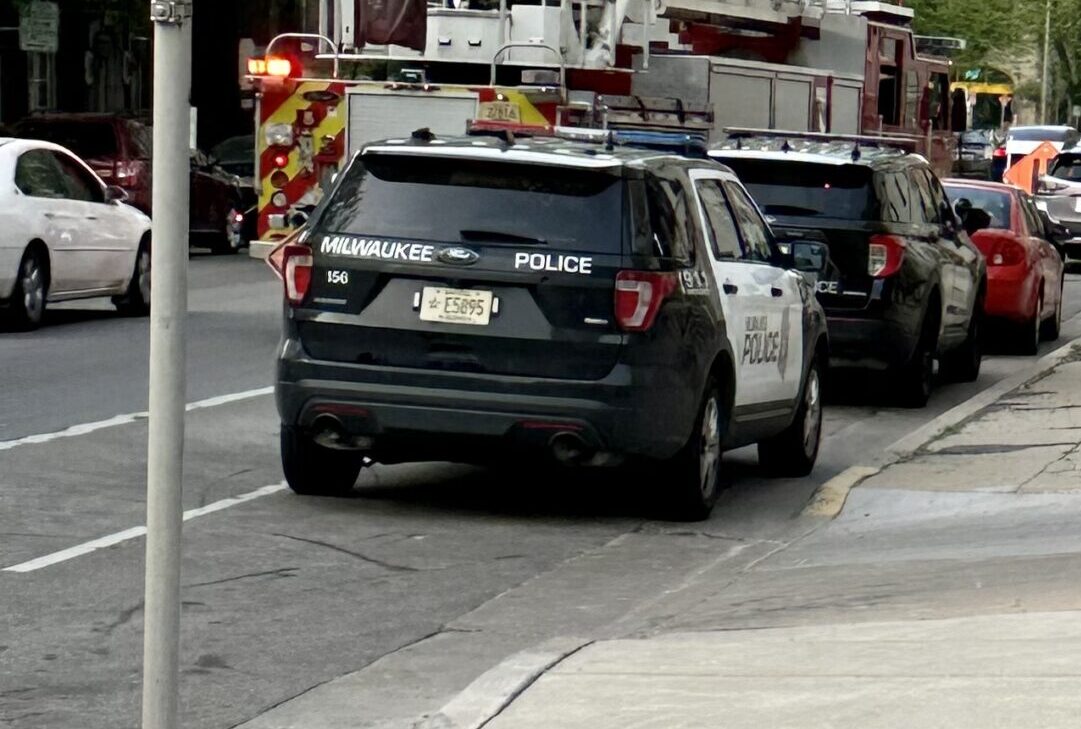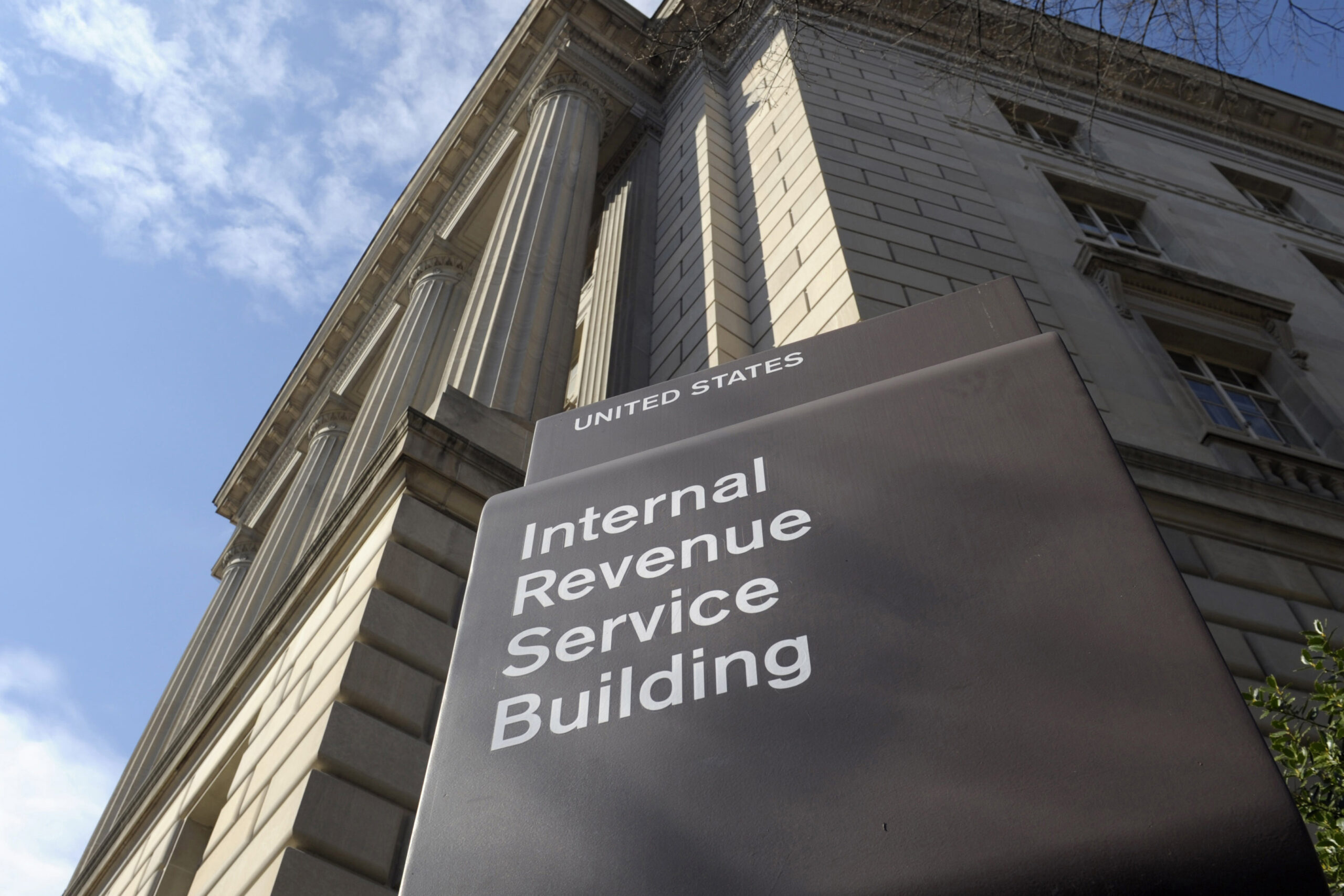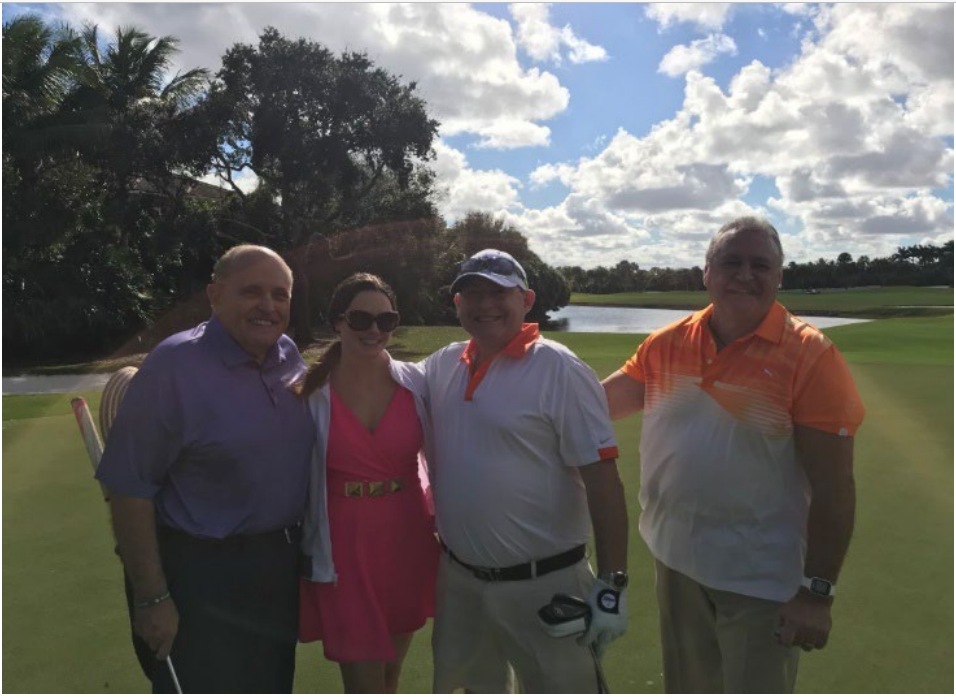10 ways to win at trial
By: Jane Pribek//August 22, 2012//
Victorious attorneys share tips for success in the courtroom

There are a lot of different ways to win at trial and just as many missteps that could put a lawyer on the losing end of a verdict.
Every attorney has a different strategy when approaching a trial, but most would agree that the more advice they can get, the better off they will be.
Wisconsin Law Journal asked a group of lawyers what helped them emerge victorious. Some suggestions confirm conventional wisdom, while others buck it.
1. Start out strong
Milwaukee’s James End said using a storytelling approach during opening statements helps the jury focus on the individual in the case.
In February, End, of First, Albrecht & Blondis SC, garnered a $1.3 million verdict in a civil rights, wrongful-death trial in the Eastern District of Wisconsin regarding Racine County’s deliberate indifference to his plaintiff’s medical needs.
In his opening, End highlighted the sheriff’s and jail administrator’s knowledge, inaction and indifference while downplaying the medical treatment that was or wasn’t received and the fact that his client was incarcerated.
2. Do some due diligence
Tap into professional networks to learn about the judge’s background, philosophies and temperament.
Roger Flores of American Family Insurance in Madison said that was critical in a soft-tissue auto accident trial last year in La Crosse County. He said he knew a legal issue involving past medical expenses would arise under Hanson v. American Family, 2006 WI 97.
Some plaintiff lawyers successfully argued that all past medicals, beyond what the jury awards, were compensable, but some courts hadn’t read the case to stand for that proposition.
Flores talked to area practitioners and learned his judge likely would see it his way. To be extra prepared, he drafted a trial memo. The judge ruled for the defense.
3. Get a second opinion
It’s a good idea to get colleagues’ opinions of a case, said David Lowe, of the Law Office of David Lowe, Milwaukee.
Lowe won a $251,000 medical malpractice verdict in Dane County in February.
Of course, independent focus groups are best, he said, but not all cases merit that investment.
“Talking to other people,” Lowe said, “can help identify unusual perspectives about the case or facts that you have to spend some time explaining so the case is decided on proper considerations and not something collateral.”
4. Don’t deny bad facts
Attorneys should acknowledge their case’s weaknesses and minimize them however possible.
This strategy worked well for Madison lawyer Patricia Epstein in a March trial in Trempealeau County, with the jury finding no negligence on the part of her cardiologist client.
The physician had discharged a patient she’d treated after he had his second heart attack. He died that night at home.
Epstein, of Bell, Moore & Richter SC, said her client had not documented in medical records that the patient expressed a strong desire to go home because it was during the holiday season. Rather than dodge the imperfect documentation, Epstein conceded it.
“Doctors do their best to document, but not everything always gets in there,” she said. “I appealed to the human part of it.”
5. Go to the client’s home
Before trial, pay a house call.
“When you constantly meet in an office or conference room,” Lowe said, “it doesn’t really teach you what they’re like as a person.
“Sit on their couch, in their living room and look at the pictures on their wall. You always learn something about the family that proves useful in making them understandable to the jury.”
6. Skip the script
New lawyers, or lawyers with little trial experience, sometimes script examinations, Flores said, to make sure they cover everything.
The problem is: Witnesses don’t always follow the script.
Flores successfully persuaded a Walworth County jury in May to reject a plaintiff’s claim that he was attacked by a feral cat. The plaintiff, who also owned cats, said the cat entered a rental home, which was owned by someone insured by American Family, through a hole in the home’s foundation.
With facts that curious, it could have been easy to miss an answer that could take the testimony in an entirely new direction.
Outlining, or simply listing bullet-pointed topics to cover, is preferable. Then pay attention during trial.
7. Be image-conscious
Jurors notice every detail about attorneys’ actions and appearances, Epstein added.
“The best lawyers act the same way,” she said, “in and out of the courtroom.”
In one case, post-verdict, a juror said she noticed opposing counsel’s socks and shoes didn’t match, while another said she didn’t like that Epstein’s adversary always used a gold pen.
Flores said attorneys should want to be perceived as honest, helpful and calm. He said he ended every closing argument with something such as, “Let your verdict speak the truth, whatever the truth may be.”
8. Ask questions even if the answer is unclear
The opposite is true, according to an old legal adage. But sometimes it’s better for attorneys to follow their instincts and occasionally take chances.
Epstein said that in her heart attack trial, the patient had a lengthy history of smoking. Although she hadn’t asked his widow at depositions whether he smoked on the night he died, she asked during the trial. She said she thought that however the witness answered, Epstein could use it to her advantage.
In fact, Epstein said, the witness paused, seemed uncomfortable, and responded, “I can’t say yes, and I can’t say no.” It was an unexpectedly dramatic moment. Epstein stopped the cross at that point.
9. Craft a theme
It doesn’t have to be as catchy as, “If it doesn’t fit, you must acquit.”
Attorneys should start thinking about the theme from the moment they open the case files, Flores said, and be flexible enough to revise that theme as discovery proceeds.
It can be as simple as a few phrases, repeated at critical junctures, Epstein said. For example, in her heart attack case, she often reiterated that her client made a reasonable treatment decision.
10. Condense
End said he initially thought his case would take three weeks to try his deliberate indifference case. But Judge Lynn Adelman scheduled it for just one week.
“One of my experts, afterward, told me that was a good break for us,” End said. “It really moved things along quickly, and the jury didn’t get bored. They just focused on what’s important.
“I decided that was a very astute comment on my expert’s part. I’ve sat through three-week trials myself. By the end, some of the really good evidence you put in early in the case is forgotten.”
Legal News
- Waukesha man sentenced to 30 years for Sex Trafficking
- 12-year-old shot in Milwaukee Wednesday with ‘serious injuries’
- Milwaukee man convicted of laundering proceeds of business email compromise fraud schemes
- Giuliani, Meadows among 18 indicted in Arizona fake electors case
- Some State Bar diversity participants walk away from program
- Wisconsin court issues arrest warrant ‘in error’ for Minocqua Brewing owner
- Iranian nationals charged cyber campaign targeting U.S. Companies
- Facing mostly white juries, are Milwaukee County defendants of color truly judged by their peers?
- Milwaukee Mayor speaks in D.C. Tuesday at White House water summit
- Chicago man sentenced to prison after being caught with ‘Trump Gun’
- FTC bans non-competes
- Gov. Evers seeks applicants for Dane County Circuit Court
WLJ People
- Power 30 Personal Injury Attorneys – Russell Nicolet
- Power 30 Personal Injury Attorneys – Benjamin Nicolet
- Power 30 Personal Injury Attorneys – Dustin T. Woehl
- Power 30 Personal Injury Attorneys – Katherine Metzger
- Power 30 Personal Injury Attorneys – Joseph Ryan
- Power 30 Personal Injury Attorneys – James M. Ryan
- Power 30 Personal Injury Attorneys – Dana Wachs
- Power 30 Personal Injury Attorneys – Mark L. Thomsen
- Power 30 Personal Injury Attorneys – Matthew Lein
- Power 30 Personal Injury Attorneys – Jeffrey A. Pitman
- Power 30 Personal Injury Attorneys – William Pemberton
- Power 30 Personal Injury Attorneys – Howard S. Sicula











